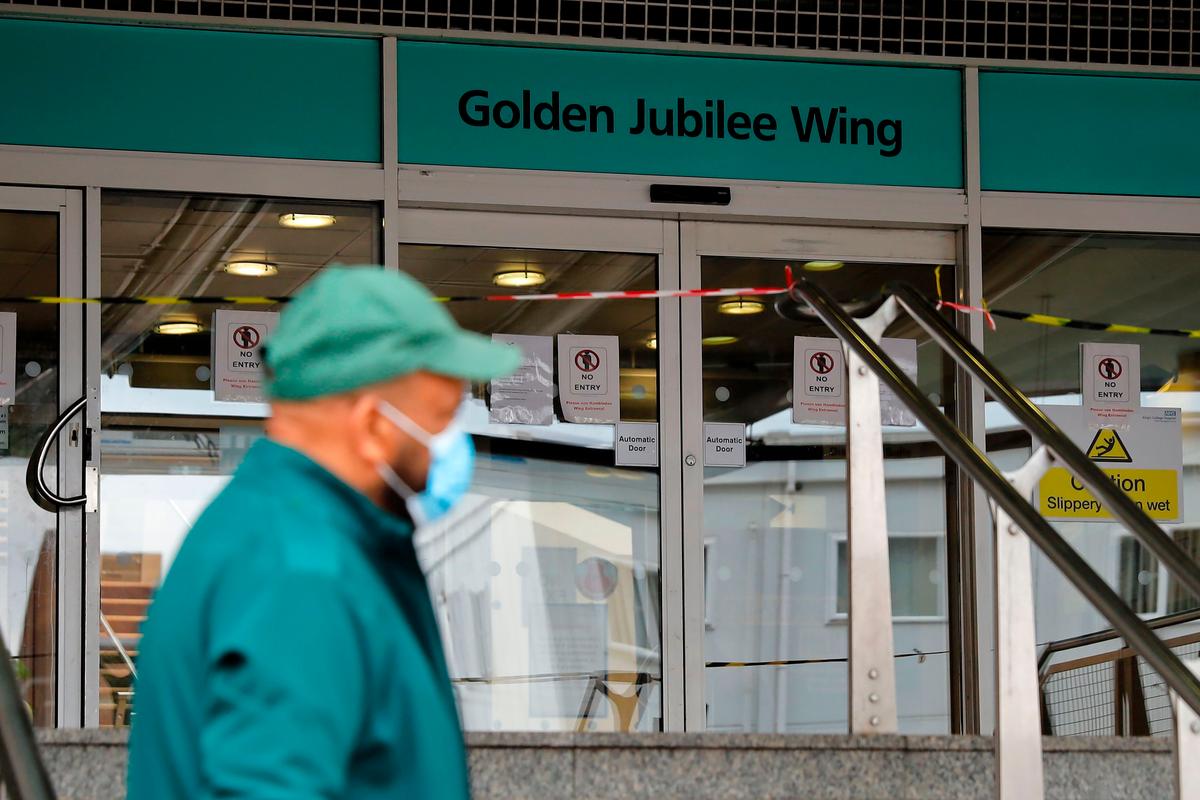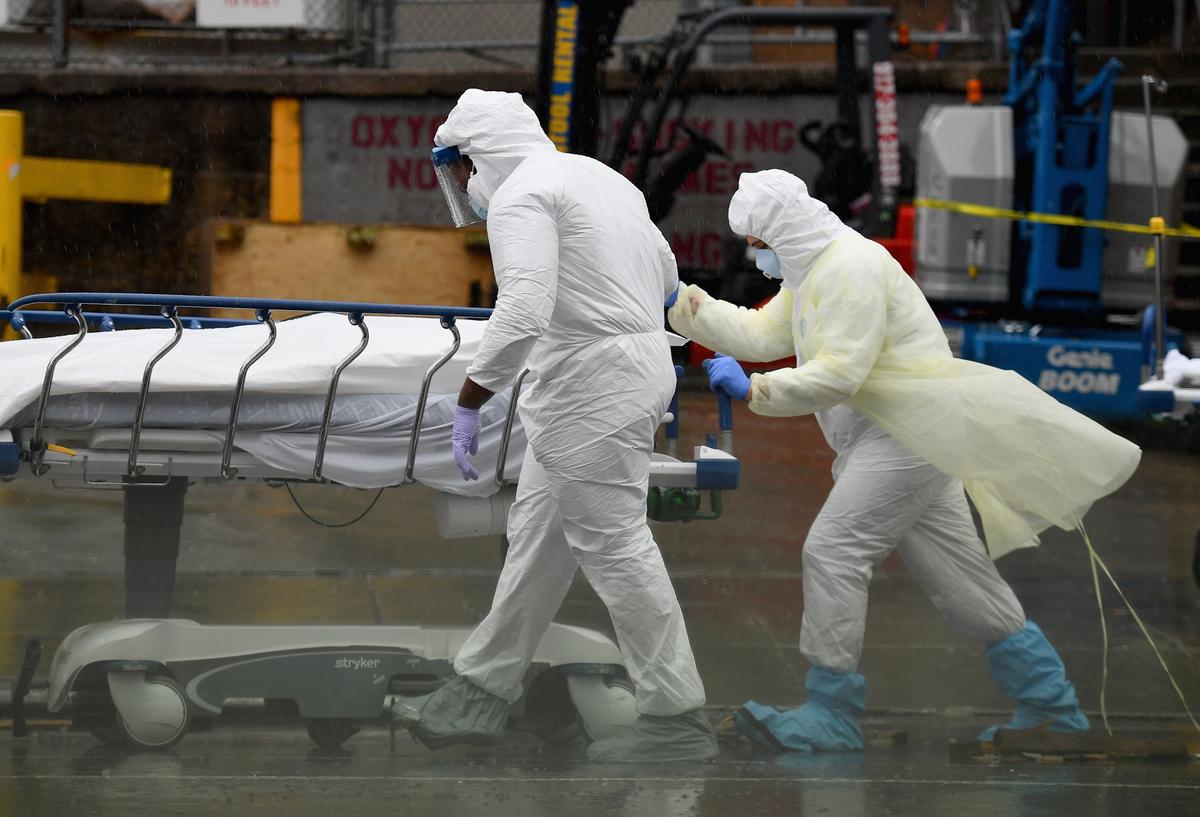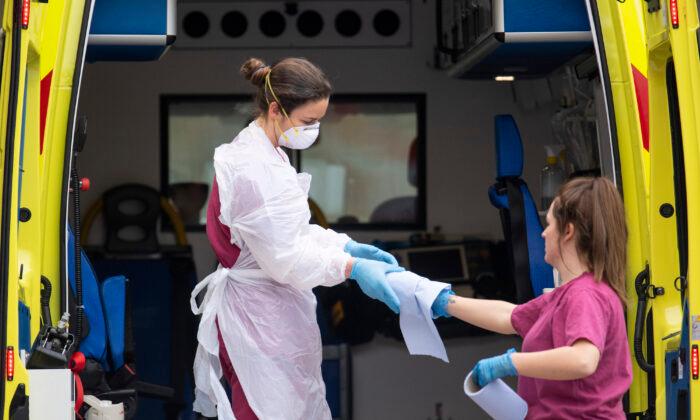The most common symptoms for patients requiring hospital care for COVID-19 are cough, fever, and shortness of breath, according to a large study of patients in hospitals in the United Kingdom.
Researchers looked at 16,749 patients across 166 hospitals between Feb. 6 and April 18. That number equaled 14.7 percent of people who tested positive for the new disease and 28 percent of hospital admissions in the UK.
Seven out of 10 patients for whom symptoms were known, or 70 percent of 11,326 patients, had a cough, 69 percent had fever, and 65 percent had shortness of breath, researchers said.
They found “a high degree of overlap” between the three most common symptoms.
The next most common symptoms were: fatigue, confusion, cough (sputum), diarrhea, vomiting, myalgia, chest pain, headache, wheeze, sore throat, and abdominal pain.

Other rarer symptoms include joint pain, runny nose, skin ulcers, rash, seizures, and ear pain.
Clusters of symptoms present when patients were admitted to hospitals include a respiratory system cluster that includes cough, sputum, and fever.
One cluster encompasses musculoskeletal symptoms like joint pain, fatigue, and myalgia, of muscle pain. Another encompasses enteric symptoms such as abdominal pain, vomiting, and diarrhea.
Four percent of patients complained of enteric symptoms alone, most who suffered such symptoms also had respiratory symptoms. Four percent of patients reported no symptoms.

Those six are chills, repeated shaking with chills, muscle pain, headache, sore throat, and new loss of taste or smell.






Friends Read Free